Minivan or Crossover? Understanding Which is the Best Option for You
If you’re searching for a new vehicle, we know how daunting it can be – there are a lot of choices to consider, and dealerships can sometimes leave you with more questions than answers. When opting to upgrade to a new method of transportation, it can be exhilarating but also exhausting.
If you’re considering a minivan or crossover, you’ll find that they’re both fantastic choices, especially if you have a growing family in tow. But what exactly is the correct choice for your specific needs?
Throughout this article, we’ll discuss the similarities and differences between minivans and crossovers, so you can make an informed decision on which type of vehicle will be best for your lifestyle and your family.
Defining Crossovers
A crossover is a particular kind of automobile with certain special traits that may vary differently from minivans. One of the most physically obvious features of a crossover is its raised ride height, which elevates the driver and allows for better visuals of the road during the drive. It also adds to the overall durability and stability of the car itself.
If you’re used to long-distance travel or driving over harsh terrain, this particular feature could work to your advantage. When choosing a crossover, you would also want to consider the following (non-comprehensive) list of features associated with this type of vehicle:
Features for Ease of Driving
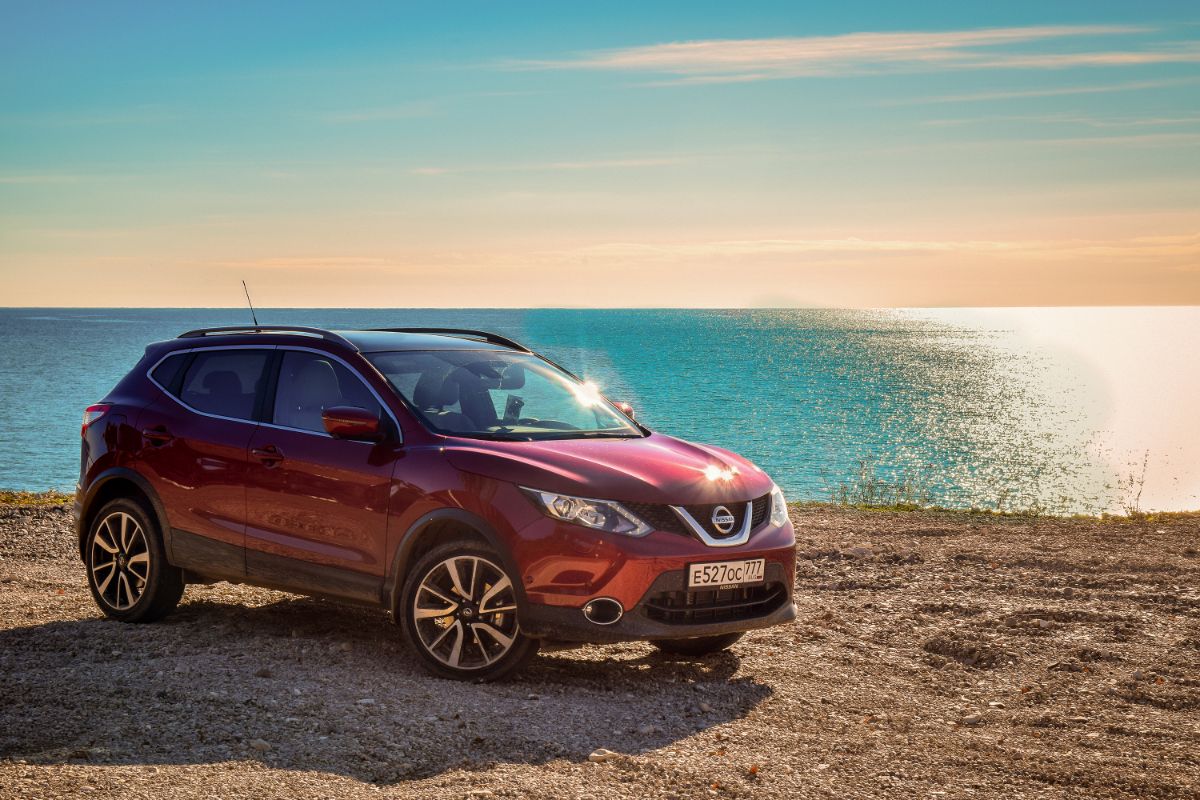
When it comes to their supplied characteristics, crossovers are quite secure and efficient automobiles. Four-wheel drive or all-wheel drive are highlighted as competitive qualities while looking at crossover vehicles.
For example, if you live in a rocky or snowy state, or if you enjoy off-roading, camping, or taking trips through the outdoors in general, these features make it easier for the car to drive on uneven or slippery terrains.
Safety Features of Crossovers
We can honestly say that crossovers are made with safety measures in mind, even though not all vehicles are. Whatever size crossover you choose, you can be confident that it will keep you and your passengers safe while you are driving, thanks to features like backup cameras, automated braking, and airbag protection.
Because of this, crossovers are a fantastic option for growing families and people who may generally be more careful drivers. While you’re doing your car shopping, it is crucial to ask about safety features that are important to you, since features may vary based on the year in which your vehicle was made.
Seating for the Whole Gang
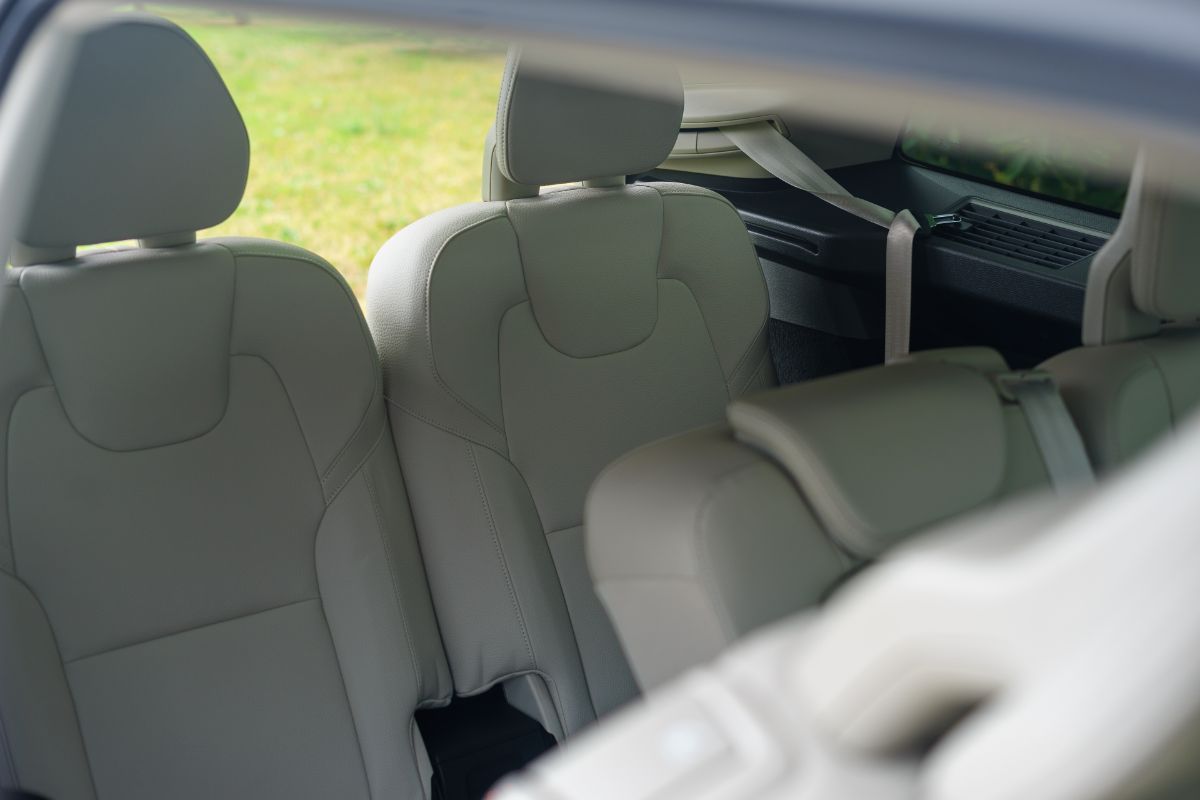
Did someone say expanding families? Crossovers offer a lot more seating options than other rival automobiles. With a crossover, you can just toss that extra bag of luggage in the back and go on your way without having to worry about whether or not it will fit. That’s specifically what crossovers were made for – cargo and passenger space!
In fact, many crossover models now include a third row of seats, making it simpler than ever to go on family vacations. Crossovers should be a great contender in your choice of cars if seating is something you value highly in a new vehicle.
Driving Efficiently in Your New Crossover
If you’re searching for a vehicle that will easily transport you to your destination, the crossover might be the best option for you. Because crossovers get higher gas mileage than other vehicles, you shouldn’t need to stop at the side of the road for gas all the time.
Although crossovers are larger vehicles, they are constructed with aerodynamics and the drive itself in mind. As a result, you won’t need to worry about gas efficiency when driving – you’ll be able to drive confidently, knowing you’ll easily reach your destination.
Defining Minivans

There’s a reason why minivans are known as the stereotypical “mom car” – there’s a lot of space in there! If spaciousness is the biggest factor on your car search list, then crossovers and minivans would likely be pretty comparable.
While they may not have the elevation that crossovers do, they arguably may offer even more space. Additionally, minivans offer a variety of their own features, which may include, but are not limited to:
Related: 13 Different Types of Minivans
Built with Safety in Mind
Since minivans historically have been marketed as family cars, it’s no secret that safety is one of their most compelling features. Many new minivans come with characteristics such as collision warning, automatic braking, and extremely advanced airbag systems.
If you have a family, we know you want to keep them safe. Minivans will, undoubtedly, do that. Much like any other car, be sure to be specific when asking questions regarding the safety features of the minivan(s) you’re considering, to make sure your new car is equipped with all the bells and whistles you need to feel comfortable driving with your loved ones.
Space, Space, Baby
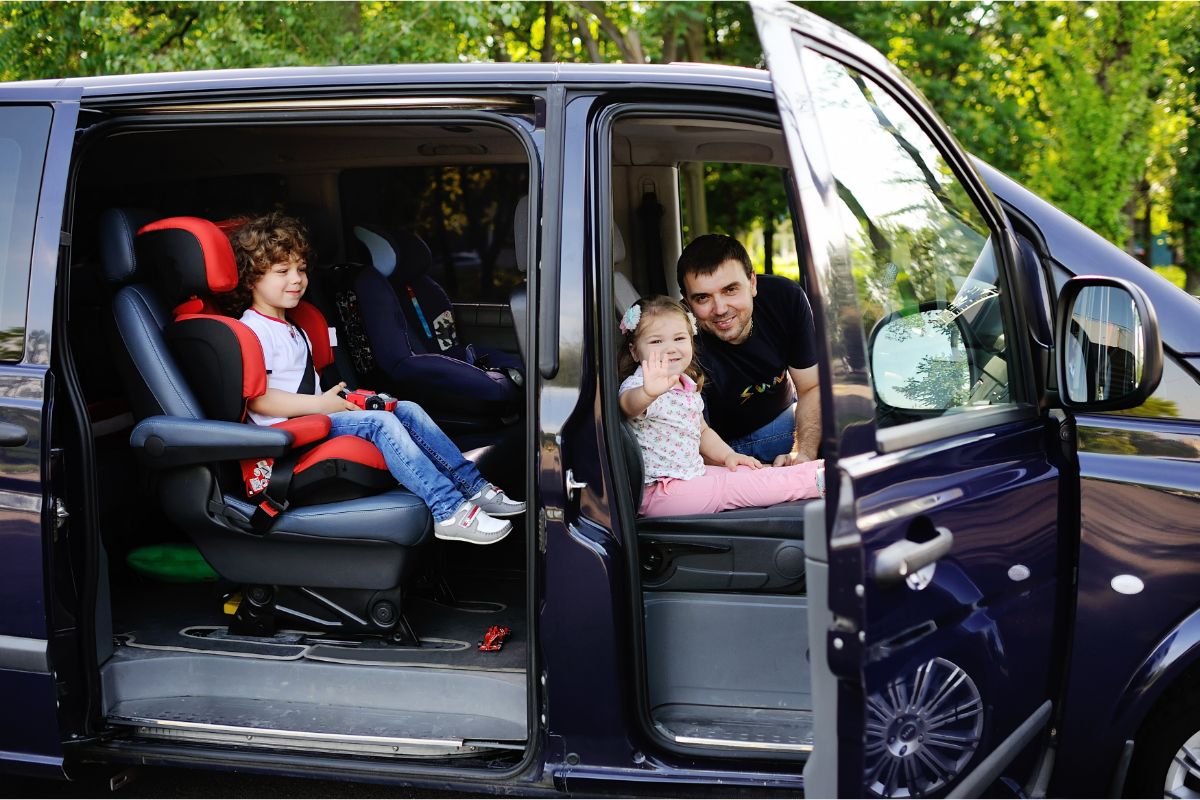
As we’ve mentioned, minivans are well equipped with space. Much like we discussed with crossovers, you’ll have all the space you need in a minivan to take that family vacation you’ve been thinking of doing.
No need to worry about squeezing in suitcases or leaving the more “luxury” items behind – take whatever you need to make you and your family comfortable!
Built-In Entertainment
There are several different makes and models of minivans that come equipped with entertainment features, such as DVD/Blu-ray players, smart screens, and even internet connection in some.
Planning on driving around a bunch of little (or not so little) ones? Keep them entertained in the back and make your road trips easier with minivan entertainment features!
Fold-Away Seating

Much like the spacious seating options that minivans offer, there are a variety of styles that also offer fold-away third-row seating. This allows for ample cargo space if you have suitcases or other large materials you’re driving around.
Minivans are built for comfort and this feature will provide you with all the seating, storage, or leg room you and your passengers will need for a cozy drive!
Materials of Crossovers vs. Minivans
The advantages of a crossover go beyond the features because they are actually constructed differently from other cars.
Crossovers are made with durable platforms and components to extend the life of your car. While more compact cars may not be as much of a stable drive, you’ll be able to find your footing well in a crossover.
Since minivans are built with safety in mind, you’ll also find that they have a sturdy set, to aid in extra protection for you and your family. There is a myriad of different minivan styles to choose from; while some are boxier, others are more aerodynamic.
Design Features Between Crossovers vs. Minivans
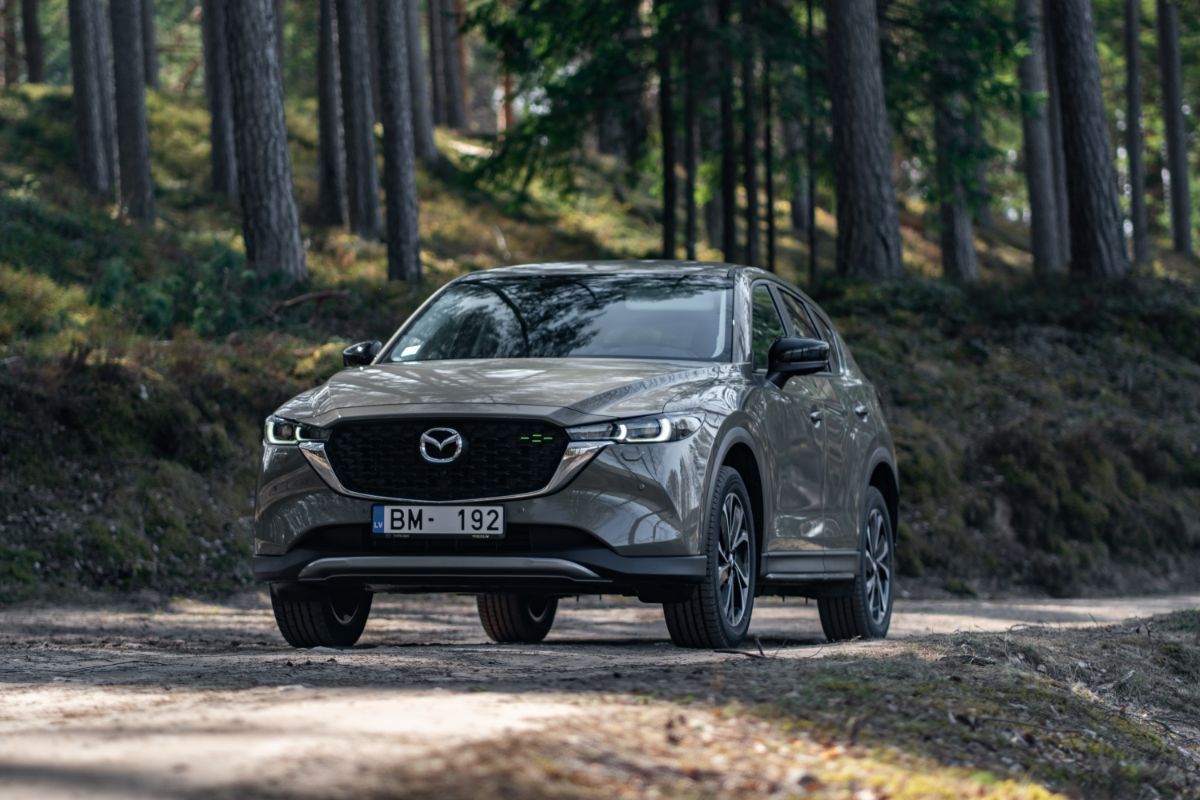
All cars will have distinct features to consider in terms of automotive design. The design of those constructed for style differs from that of those built for speed, which differs from those built for distance, and so on and so forth.
Body-on-frame architecture, which combines elements of SUV design, is one of the key characteristics of crossovers. This gives a rise to the car, which provides a smoother ride and an improved field of vision for the driver.
You’ll find that minivans are not as elevated, as they are designed with a lower body, similar to a passenger car or compact pickup. Their one-box or two-box configuration allows for the high ceilings, low floors, and sliding doors that give minivans their unique look.
Built to Last – Crossovers vs. Minivans
When it comes to durability, crossovers and minivans are two of the best options you could choose from. Crossovers are made to last, as we have already stated. It should therefore come as no surprise that they were made to be durable. When you buy a crossover, you can rest assured you won’t need to make any immediate plans for a new vehicle in the future.
As we’ve previously established, a platform is used to build a crossover, giving it an additional layer of support. This contributes to the vehicle’s increased longevity and safety, which means that it will keep you safe for any number of years you choose to drive it.
Minivans, while differently built (see “Design Features Between Crossovers vs. Minivans” above for more information), are still built with durability in mind. Minivan manufacturers aim to create a car that will grow with your family – for several years to come. The box design mentioned above provides robust support and keeps passengers safe and secure.
What’s the Cost Difference Between Crossovers and Minivans?
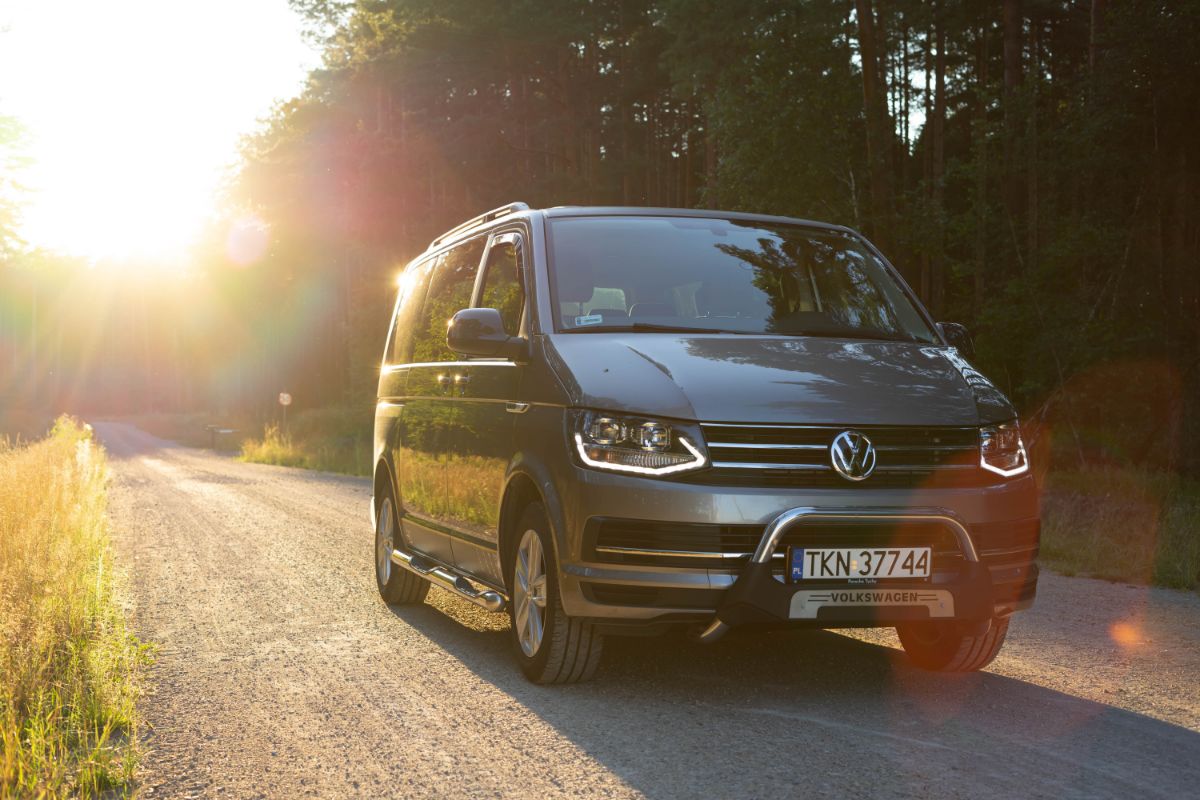
Another advantage of crossovers is that they don’t tend to be expensive vehicles. A crossover is (in our opinion) pretty reasonably priced for the amenities you’re getting.
This investment may cost you between $19,000 and $30,000 in the long run, which is about average in terms of car prices. Price is dependent upon your financial restrictions and the make/model of the crossover you’re contemplating, so be sure to do your research on the type you’re considering beforehand.
Similarly, as minivans are manufactured with families in mind, they are also priced with families in mind. Most high-quality minivans can be priced from $25,000-$35,000, which is also a fairly average range in terms of modern-day automobile pricing.
Benefits of Each – Which One is Best for You?
A crossover would probably be your best option if you need to transport more people (or materials) or traverse different terrains, in which case a larger car would be useful.
If terrain is less of a concern and you’re looking primarily for cargo or passenger space (or both), then a minivan may be the best bet for your needs.
The History Behind Minivans and Crossovers
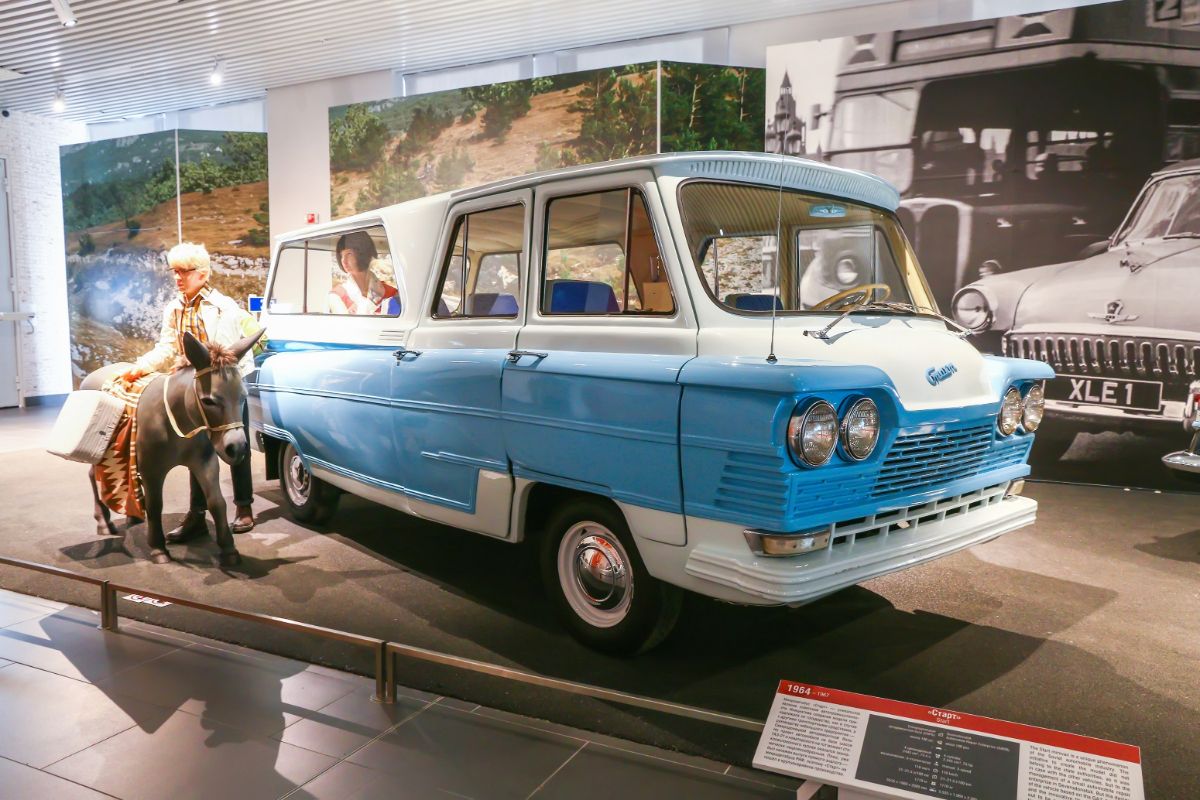
1977 was the year the crossover was born. It’s not surprising that individuals embraced this new type of vehicle right away, given that it was initially designed with both passenger and cargo space in mind. The popularity of this vehicle has skyrocketed since it was first created – today, a whopping 40% of Americans choose to travel in crossover vehicles.
The idea for the minivan was also conceived in the late 70s but grew in popularity in 1984 with the arrival of the Plymouth Voyager and Dodge Caravan styles. These coined those key flat floor and sliding door features that are paramount in the minivans we see today.
Similarities Between Minivans and Crossovers
When it comes to safety features, that’s probably the biggest similarity between minivans and crossovers. They are both vehicles that are built with safety in the forefront, so you’ll know that you and your loved ones are protected while you’re on the road.
Additionally, both crossovers and minivans are built with ample space for passengers or cargo, meaning you won’t have to worry about traveling lightly when going to your destination.
Get Started Driving Your New Vehicle Today!
By now, you should have a good understanding of the differences and similarities between crossovers and minivans. We hope you’ve been able to determine whether the crossover or minivan is the best option for you and your lifestyle/intended destinations.
Follow us along to understand what vehicles offer various features and advantages for your particular needs, and to learn more about the rest of your automotive needs. We’re here to assist you in locating the best vehicle for your particular way of life!


